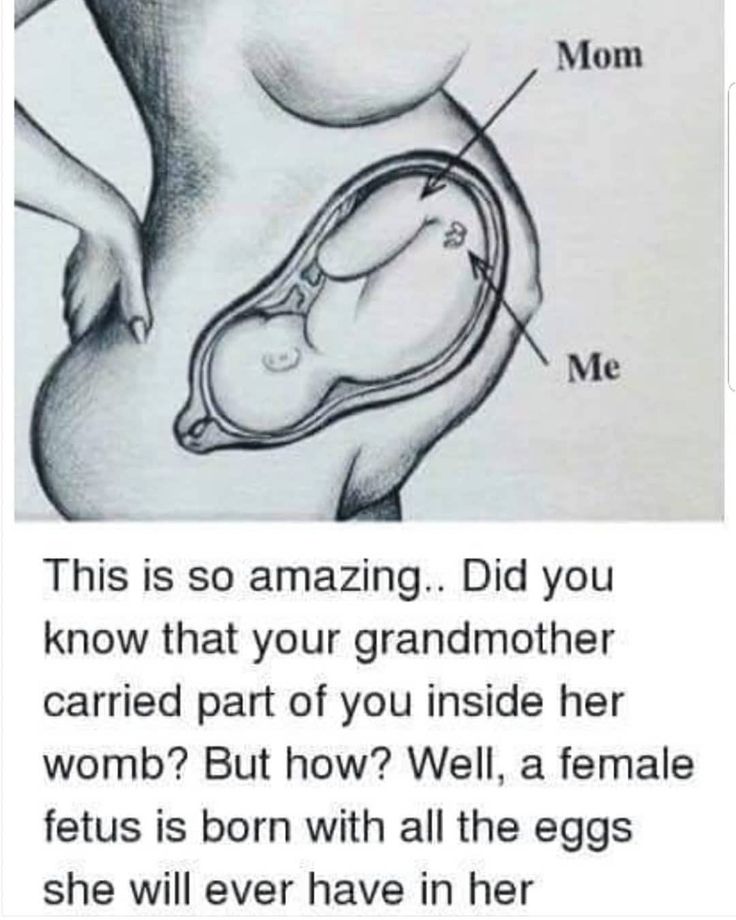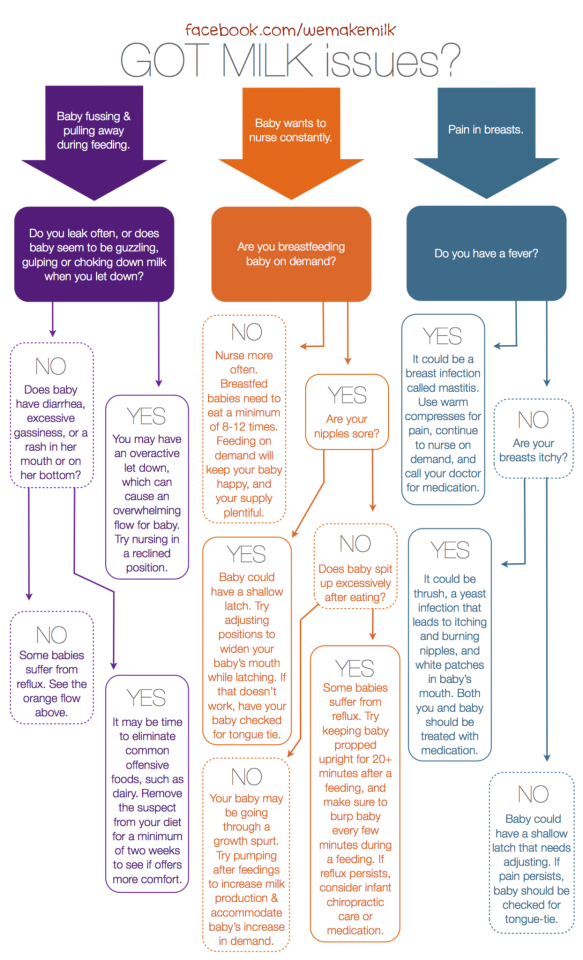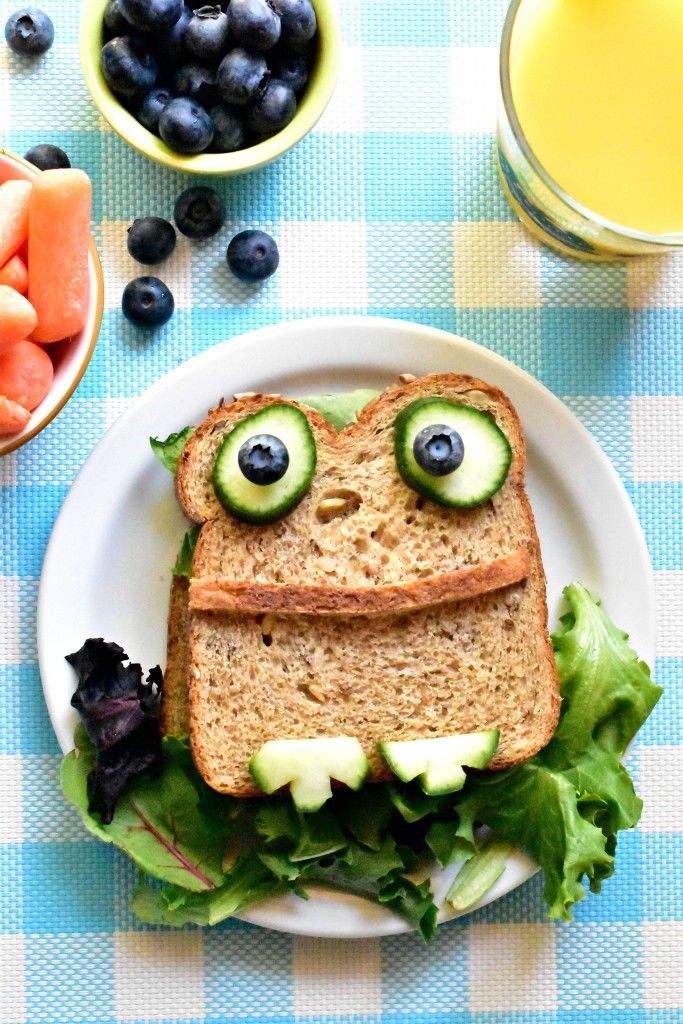How does the baby get food in womb
Babies Taste Buds Develop in Utero
We all know that eating healthy during pregnancy will help your baby to grow and flourish while in the womb. But you may be surprised to learn that you can impact baby’s taste preferences before they reach the highchair or even start nursing! In fact, your baby’s first forays into “taste development” begin in utero with everything that mom eats. Just eight weeks after conception, your baby is beginning to develop taste buds. By the third trimester, your baby will have more taste buds than at any other point in their lives!
While in the womb, babies get most of their nutrition through the umbilical cord, but they also swallow and digest their moms’ amniotic fluid. In fact, 10-20% of the protein a baby consumes comes from what she drinks.¹ And studies show that a mother’s amniotic fluid has distinctive flavors related to what she has been eating and drinking.
There isn’t a single flavor that researchers have found that doesn’t show up in utero. And babies actually remember flavors from their time in the womb and may show preferences towards them after birth. This process explains why adopted infants, who have left their native cultures, innately prefer their native cuisines years later, even though they may never have actually eaten them in the conventional sense.
Dr. Greene describes this pre-birth chapter as the beginning of a baby’s “Nutritional Intelligence,” an intelligence that may help her choose healthy food later in life. Simply stated, cultivating Nutritional Intelligence is about developing babies’ palates from the earliest stage, helping them to “recognize and love healthy amounts of healthy foods.”
Your baby can learn to appreciate and recognize the flavors of healthy food starting in the second trimester, when they develop highly sensitive taste buds. Your baby’s taste buds allow her to learn the rich, diverse flavors of delicious food from all food groups.
Since babies learn by imprinting and through repetition, pregnancy is a great opportunity for you to cook meals with whole ingredients, herbs and spices, and favorite healthy foods that you want your child to love.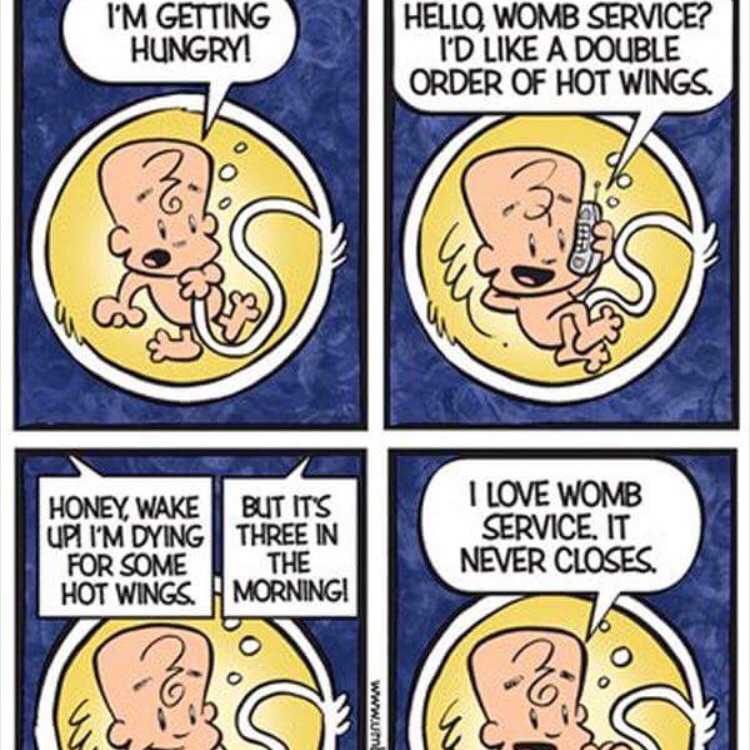 If you have a special love for creamy avocados, pungent cheese, or tart lemons during pregnancy, your baby may show preferential treatment to those familiar flavors down the road.
If you have a special love for creamy avocados, pungent cheese, or tart lemons during pregnancy, your baby may show preferential treatment to those familiar flavors down the road.
At birth
Your baby will show a preference for sweet flavors, with a “sweet tooth” best satiated by the naturally sweet taste of breast milk. Please check with your physician but new research even suggests that baby’s exposure to breast milk and amniotic fluid can positively impact her reaction to common allergens, decreasing the likelihood of developing allergies. Dr. Greene recommends you enjoy nuts, cooked eggs and other potential allergens while pregnant and nursing. It may actually help your baby!
Tags
- Article
- First 1000 Days
Visual guide to how food reaches your baby in the womb
- Pregnancy
- Your Baby
0:50 min | 3,383,442 views
Food reaches your developing baby through the umbilical cord after being filtered through the placenta.
Show transcript
It's true. Now that you're pregnant, you're eating for two, but how does your baby get the nourishment?
As you eat, your food descends through your esophagus, into your stomach, and then intestines, where it's digested, broken down into glucose, fats, and proteins. Through digestion, these elements are absorbed into your blood and passed through the placenta.
The placenta is a very efficient filter. It rejects many but not all harmful elements, such as bacteria. Smaller elements, oxygen, glucose, fats, proteins, vitamins, and minerals can pass through the placenta. After they've entered the placenta, these elements are passed onto the baby through the umbilical cord.
|
Last updated: November 2021
Sources
BabyCenter's editorial team is committed to providing the most helpful and trustworthy pregnancy and parenting information in the world. When creating and updating content, we rely on credible sources: respected health organizations, professional groups of doctors and other experts, and published studies in peer-reviewed journals.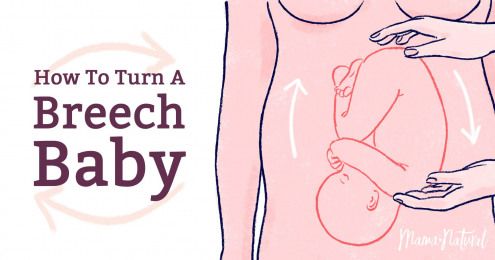 We believe you should always know the source of the information you're seeing. Learn more about our editorial and medical review policies.
We believe you should always know the source of the information you're seeing. Learn more about our editorial and medical review policies.
Mayo Clinic. 2015. Placenta: How it works, what’s normal. http://www.mayoclinic.org/healthy-lifestyle/pregnancy-week-by-week/in-depth/placenta/art-20044425 [Accessed November 2021]
NIH. 2013. Your digestive system and how it works. National Institute of Diabetes and Digestive and Kidney Diseases, National Institutes of Health. https://www.niddk.nih.gov/health-information/health-topics/Anatomy/your-digestive-system/Pages/anatomy.aspx [Accessed November 2021]
Show more
1:57
Inside pregnancy: Weeks 1 to 9
27.5M views
2:04
Inside pregnancy: Weeks 10 to 14
16.9M views
2:00
Inside pregnancy: Weeks 15 to 20
20.2M views
1:27
Inside pregnancy: Weeks 21 to 27
18. 5M views
5M views
1:54
Inside pregnancy: Weeks 28 to 37
20.6M views
1:58
Inside pregnancy: Girl or boy?
12.1M views
2:04
Your baby's senses during pregnancy
0:59
Inside pregnancy: Fertilization
21.8M views
0:50
Inside pregnancy: How food reaches your baby
3.4M views
1:17
How your body changes during pregnancy
7.9M views
1:17
How your body changes during pregnancy
7.9M views
advertisement
1:35
7 ways your breasts change during pregnancy
2:38
How to sleep like a baby when you’re expecting one
0:55
5 unique baby shower themes
Get the BabyCenter app
The #1 app for tracking pregnancy and baby growth.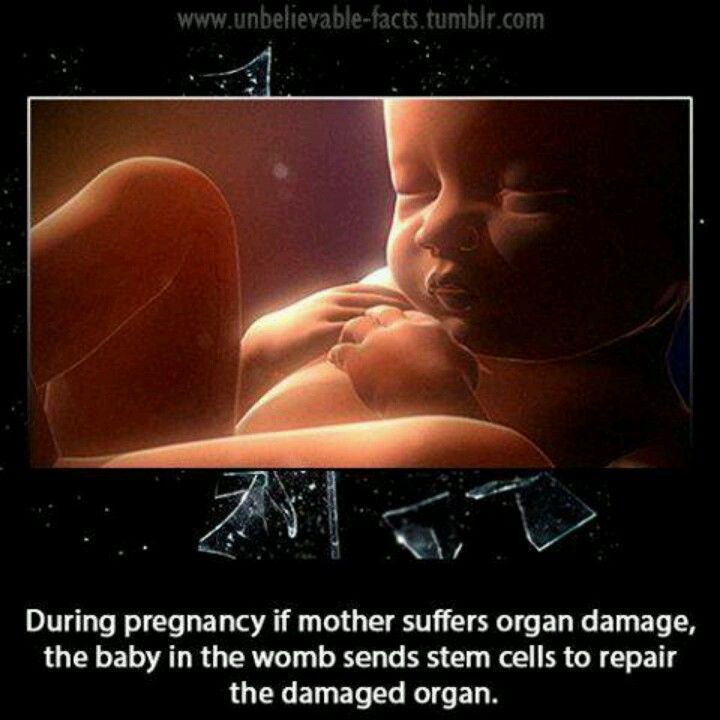
Download now
How the baby is fed in the womb
In the first two weeks after fertilization, while the egg has not yet had time to implant into the uterine wall and acquire the placenta, it receives nutrients from its thickened inner shell - the yolk sac.
From the fourth week, the embryo receives the oxygen and nutrients it needs through the chorionic villi, which then transforms into the placenta - a reliable home for the baby, which protects him, and is also the main organ that exchanges between mother and fetus. The placenta is also called the baby's place. This is a temporary organ that is formed and works only during pregnancy.
It is through the placenta that the baby communicates with the mother's body. From here, it receives proteins necessary for the structure of tissues, carbohydrates for energy and maintenance of the body, and fats, vitamins and minerals for proper metabolism. Through the placenta, the child also receives oxygen - without it, the body of the fetus cannot exist. All metabolic products are also excreted through the placenta. The placenta protects the child from infection, prevents immunological conflict between the foreign tissues of the mother and the child, and supplies both organisms with the hormones necessary for their development.
All metabolic products are also excreted through the placenta. The placenta protects the child from infection, prevents immunological conflict between the foreign tissues of the mother and the child, and supplies both organisms with the hormones necessary for their development.
See also: How to restore breasts after pregnancy
its bones and soft tissues. The fetus developing in the uterus requires a certain amount of proteins, fats, carbohydrates, vitamins and minerals. All these substances enter the mother's body with food, are broken down in the digestive system to simple molecules and absorbed into the blood, which delivers all the vital components to the fetus.
The womb is a unique microsystem that protects the baby and constantly adapts to its changing needs. Mother and fetus organisms work in unison. Even a slight change in the level of one of the indicators of the composition of the child's blood instantly causes a compensatory reaction of the mother's body. This feedback guarantees the supply of all nutrients, vitamins and minerals necessary for the normal growth and development of the baby. At the same time, this ensures the removal of the waste products of the fetus from its body.
This feedback guarantees the supply of all nutrients, vitamins and minerals necessary for the normal growth and development of the baby. At the same time, this ensures the removal of the waste products of the fetus from its body.
The fetus is connected to the mother's body through the placenta and vessels that form the umbilical cord. The umbilical cord is made up of two arteries and a vein, similar to a cord with several ropes, which are twisted together and covered with a sheath. This makes the umbilical cord extremely durable. The umbilical cord can twist and turn, and the force of blood flow in the arteries keeps it taut so your baby can't get tangled up in it. During pregnancy, the length and width of the umbilical cord increases with the growth of the fetus.
During pregnancy, the placenta also changes to meet the nutritional needs of the fetus. It controls the transfer of nutrients from mother to baby, as well as hormones and other substances. However, if the mother's diet is deficient in nutrients, the placenta will not be able to fully develop to provide the fetus with an effective supply. The low nutrient content of the mother's blood will permanently inhibit the normal functioning of the placenta. The placenta becomes unnecessary when the umbilical cord is cut - at this moment all the organs of the child begin to function independently.
The low nutrient content of the mother's blood will permanently inhibit the normal functioning of the placenta. The placenta becomes unnecessary when the umbilical cord is cut - at this moment all the organs of the child begin to function independently.
Read also: Why shouldn't pregnant women wear heels?
The baby is able to extract from the mother's body some of the substances he needs, for example, most often this refers to calcium, which is washed out of the mother's bones if this mineral is absent in her diet. But his need for energy and nutrients is met in a different way. And if the mother suffers from malnutrition, the child will suffer with her. If a mother is systematically malnourished, the placenta will not be able to fully develop to supply the developing baby with everything it needs. This, in turn, increases the risk of miscarriage and premature birth, as well as low birth weight in the newborn. It is necessary to take your pregnancy with all responsibility and make your diet complete and balanced.
Read Ivona.ua in Google News
How does a fetus eat in the womb?
As the German philosopher Ludwig Feuerbach said: “We are what we eat”, and in the case of fetuses this is absolutely true. And this is indisputable: our body consists of molecules of substances that are formed from the food that we eat daily.
In the womb, the fetus can eat and breathe thanks to the placenta . This is how food and oxygen come in.
When the fetus is in the womb can be fed and breathed through the blood circulating in the umbilical cord, which originates from the placenta. It is from this tube, which connects the child to the mother, that the child can receive the substances he needs for life, just as if he were eating and breathing.
During the nine months of pregnancy, the placenta provides the fetus with a continuous flow of food and oxygen and eliminates what the baby's metabolism does not need.
Index
- 1 How does food get to the fetus?
- 2 How does fetal breathing occur?
- 3 How long does it take for food to reach the fetus?
- 3.1 How does oxygen reach the fetus?
- 3.2 What passes through the umbilical cord?
How does food get to the fetus?
Food can reach the fetus through the chorionic villi that form the germinal part of the placenta. At the same time, the placenta is a barrier for part of the blood and a filter for the rest of the , that is, for substances that must be able to exchange between mother and child in her womb, including maternal hormones and antibodies.
Rich in capillaries, they absorb nutrients from the mother's blood vessels. Thus, the baby receives the nutrition he needs, assimilating it from the mother's body. For this reason, it is very important that pregnant women eat a healthy and balanced diet, because everything that reaches the child will affect his health. in their growth and health .
in their growth and health .
Although it is not possible to know exactly how long after food reaches the fetus, essential nutrients are usually absorbed quickly by the baby. To feel the movement, some moms eat something sweet. This is due to the fact that, unlike more complex macromolecules, glucose quickly reaches the child. through placenta and umbilical cord .
How does fetal breathing occur?
Fetal respiration begins at twelfth week . While in the womb, the baby is immersed in amniotic fluid and cannot yet breathe on its own through the lungs, which will only function at birth. Oxygen enters the fetus through the placenta and umbilical vein , leaving the maternal blood, in which it is more concentrated, and passing into the fetal blood, which, on the contrary, is very poor, giving up carbon dioxide and waste first. It has been shown that a limited supply of oxygen can retard a child's development and that the placenta is sensitive to nicotine : this is why it is recommended to stop smoking during pregnancy.